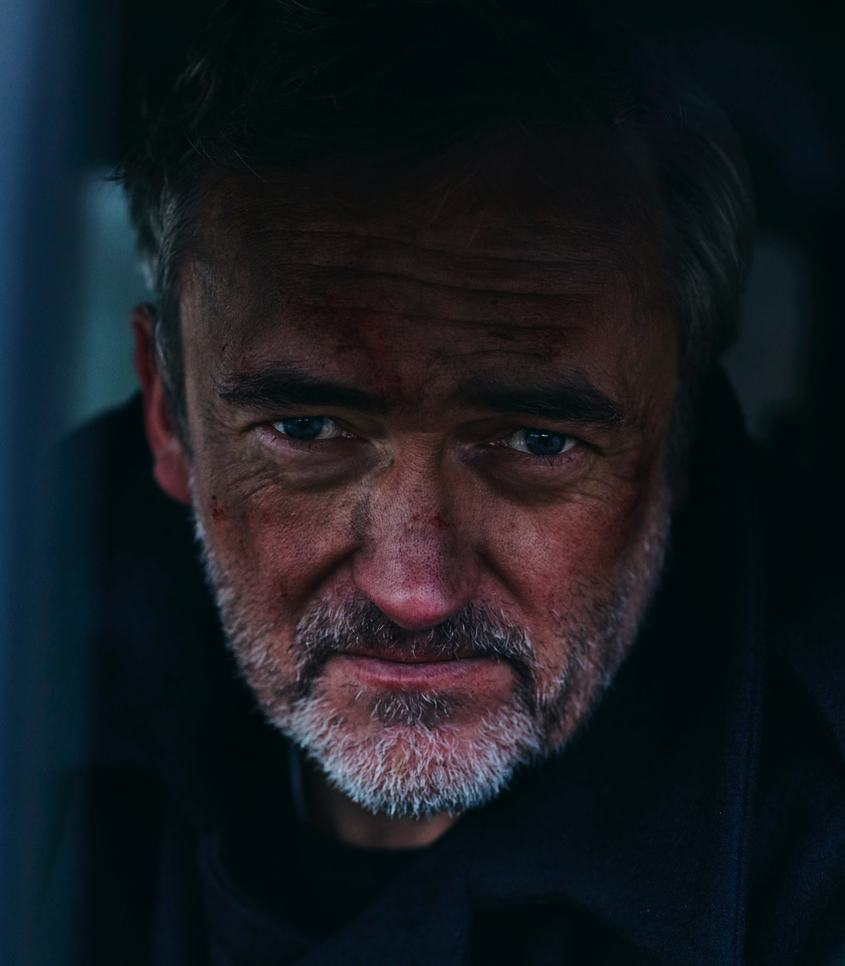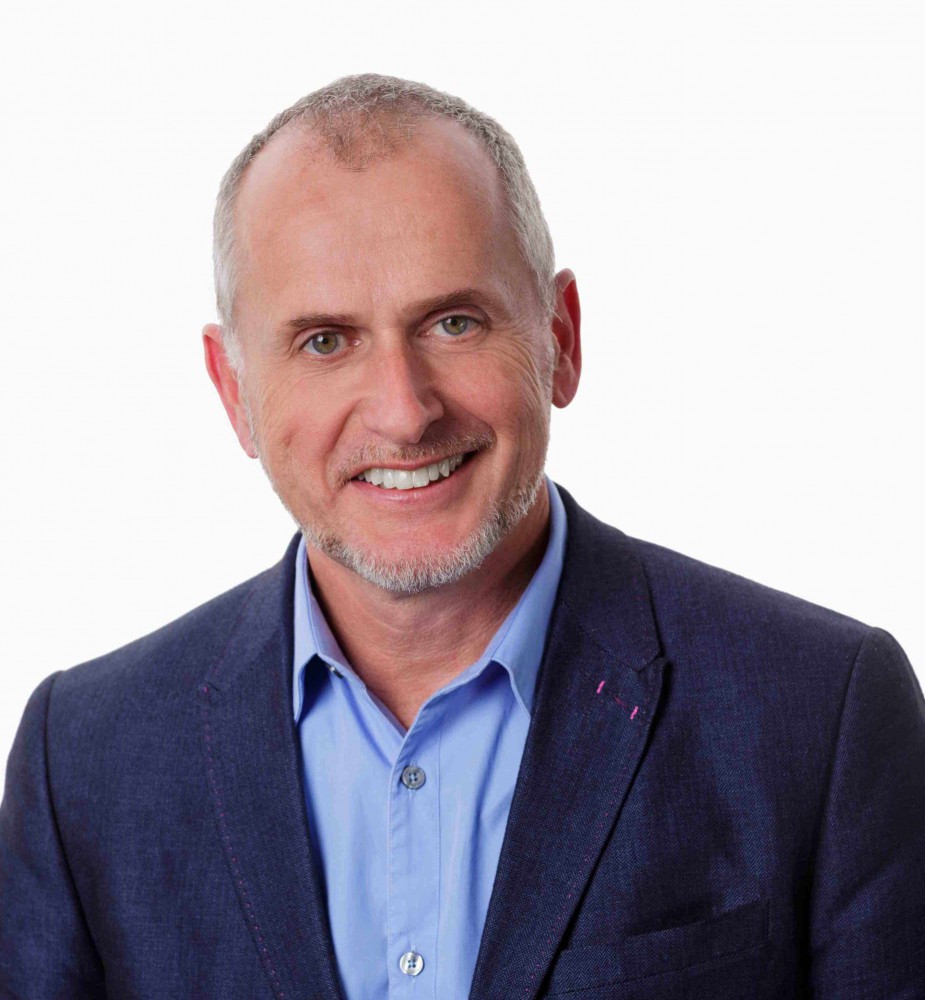News - Events
How the Lynx was won
by Iain Akerman
April 5, 2017

Fredda Hurwitz, former global chief strategy officer at Havas Sports & Entertainment, was president of the branded content & entertainment jury

I maintain that the branded content & entertainment category is one of the most (if not the most) difficult categories to judge. Where does branded content start and stop? It has to be more than engaging, educational, long form, brand values at the core… so much of what we do in this industry and have done for so long is branded content. And therein lies the problem. Because there are so many interpretations of what it is, I worry that it becomes slightly fuzzy as to what a brand/agency should be considering as branded content and in turn submit for a coveted award.
Having said that, there were a few gems we came across that definitely stood out from the rest and by default helped us as a jury confidently embrace the category and unite in our decision as to what makes great branded content in the context of Dubai Lynx. No mean feat I assure you.
The few that bubbled to the top were refreshing, smart, creative, valuable, scaleable, engaging and based on a very clear insight. It was often this one component that set a piece of work apart from the rest. There were quite a few good ideas and lots of fun entries, but they often lacked an insight or clear objectives. If you don’t know what a brand is trying to achieve it’s extremely difficult to know whether or not the KPIs were met and, as such, whether the work actually delivered results. Impressions and likes don’t really count for much these days – was there any tangible business transformation, growth in the category, share of market etc. achieved? This for me and for the jury was a real sticking point since many of the cases lacked any meaningful objectives.
The case we ended up selecting for the grand prix, Tummy Fish, was a lovely mix of everything we were looking for: clear insights, tangible objectives, integrated, smart and working to reverse a recognised problem in a fun way, ensuring that kids don’t simply stomp their feet and demand another fizzy drink. As a mom, I totally get this and applaud Nestle’s approach.
Over and above all the necessary requirements we were looking for, Tummy Fish had one additional ‘bonus’ that we really appreciated, and that is quite simply the universal truth that children often don’t like drinking water. Full stop. This one insight naturally lends the Tummy Fish concept to becoming a global initiative and it is this potential that we loved; an idea from the region could be scaled around the world thanks to a sound idea based on a global challenge, with great execution.
James Bland, managing partner and executive producer at Blink Productions, was president of the film craft jury

I was on a very qualified and very vigorous jury and we went into the judging with an extremely open mind. We wanted to take everything on, but we also wanted to establish some qualifying criteria. We wanted to judge everything in its specific category, but we would not let a piece of work through that was simply good at its craft but not an entirely good piece of work as a creative execution. It had to be a good idea. And we were extremely rigorous with that. We had a very strong debate – some of the most exciting and lively debates I’ve ever had on a jury – and we all agreed that we had a fantastic shortlist that we were proud of and were in a great place to move forward to medals the following day.
Gold wise we awarded a brilliant piece of work in best use of adapted music, and that was the Coca-Cola ‘Line-up song’ for Egypt. That was one that did split the jury, but with further discussion and further viewing we realised that within the context of what it was capable of doing in Egypt to bring a huge amount of attention to the team and to football, it was so quirky and odd and yet so memorable that I knew it was good enough for gold. And I knew we had made the right choice when the whole room erupted in song when it got the gold. It was extraordinary.
The du ‘Kidnap’ campaign was probably one of the best overall campaigns that we saw and, not only the best in the region, but stands on its own two feet as an idea and execution in any market. It was brilliantly done.
The grand prix was for the Egyptian newspaper brand Mada Masr. As soon as we saw it in the first round of judging everyone unanimously agreed that we had something special. We knew it was extremely brave and really cunning in how it was put together and how the script unfolded. It was a perfectly realised piece of film. It was brave and subversive, and that comes out in the idea and in the film of course. But all the people involved had to sign up to that idea as well. So the craft people had to invest their talent into making that script brilliant. And that’s what we loved about it. Because filmmaking is a team effort.
David Brain, chief executive of Edelman APAC & MENA, was president of the PR jury

The good news for PR at the Dubai Lynx awards was that ‘PR thinking’ informs many if not most of the creative campaign and integrated category winners this year.
It appears that many non-PR agencies and their chief marketing officer (CMO) type clients appreciate the value of ‘earned’ as well as ‘owned’ and ‘paid’; work hard to involve influencers; are now preachers of cause and purpose at the heart of brand.
That’s not to say they have cracked the code. They rarely lead with earned; are still more about environmental and social gesture than real change and almost never properly engage employees or campaign for policy change. But they have come an awful long way and they still do proper planning, big creative and can integrate across channels and buy space like they used to, so they rarely lack for impact.
Many in our industry will not lament this state of affairs. The reputation-based PR sector (corporate, PA, financial and crisis & issues if you prefer the old tags) will carry on in its slow growth but decent margin kind of way with or without these ‘baubles’ and there are plenty of vibrant, specialist niches to settle in. And many PR firms will continue to pick up their fair share of ‘non-strategic’ brand amplification and social and digital content. But if that’s what we settle for as an industry, we are missing the big prize. By Edelman analysis the equivalent of fees paid by CMOs are at least 14x and possibly up to 20x those paid by chief communications officers or PR managers.
There is much more growth to be had by fully committing to becoming strategic partners of CMOs on their main brand tasks of strategy, creative and tactics that drive real reach and penetration numbers or deliver on hardcore performance metrics. The things they really pay real money for. It is by far, the biggest financial opportunity the PR industry has ever had.
Which is where these awards come in, because in the absence of a better measure, this is where CMOs look to see what works and who is good at it. And right now what they are seeing is more and better campaigns with PR thinking baked in, but very rarely from a company that is (or was) a PR firm.
And here is the 2017 Lynx Grand Prix PR awarded to Royal Jordanian's 'Trump' campaign by Memac Ogilvy Advize, Amman, Jordan.
Topics
Recommended

Donell Gumiran announced as UAE's winner for the Sony World Photography Awards 2025

Effie celebrates ten years of championing campaigns that make a difference

Edelman and Ogilvy star at the Luum Awards, the global festival for purpose-driven communications










